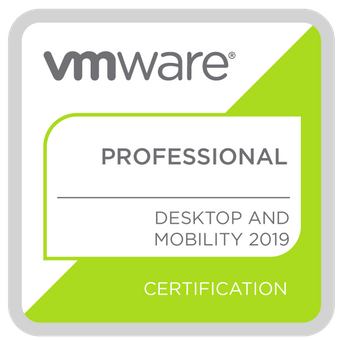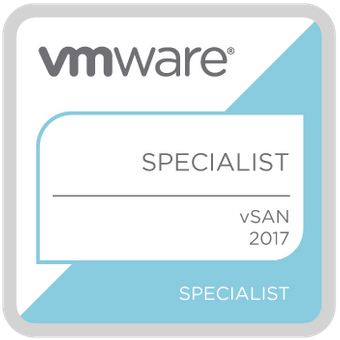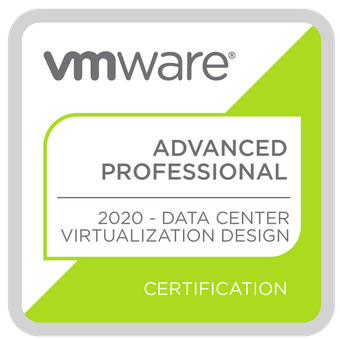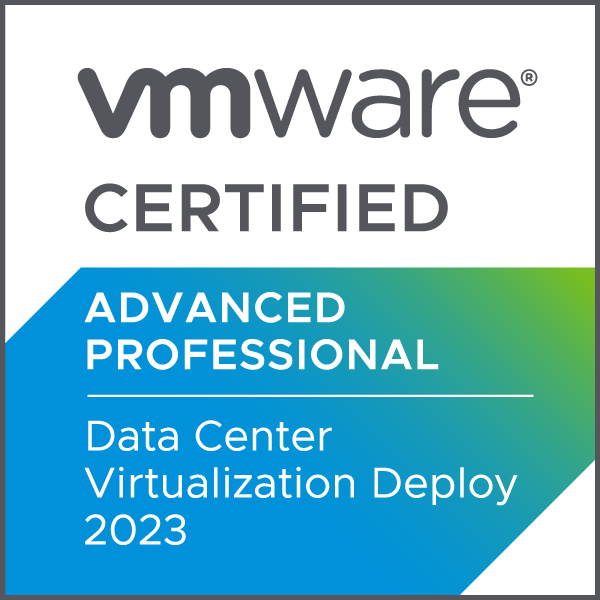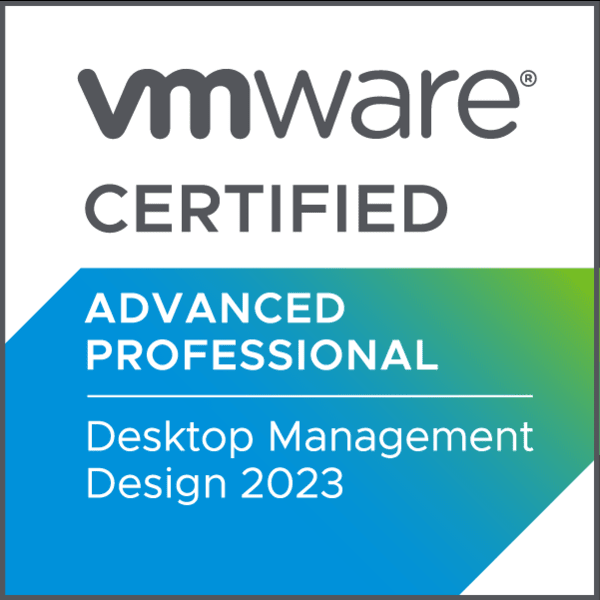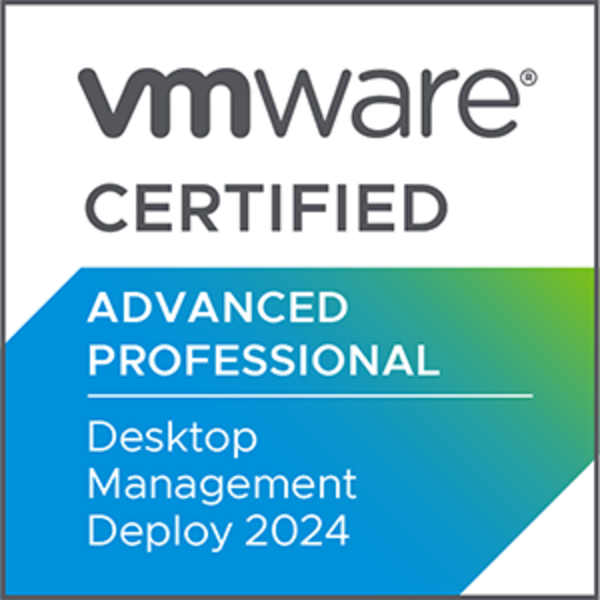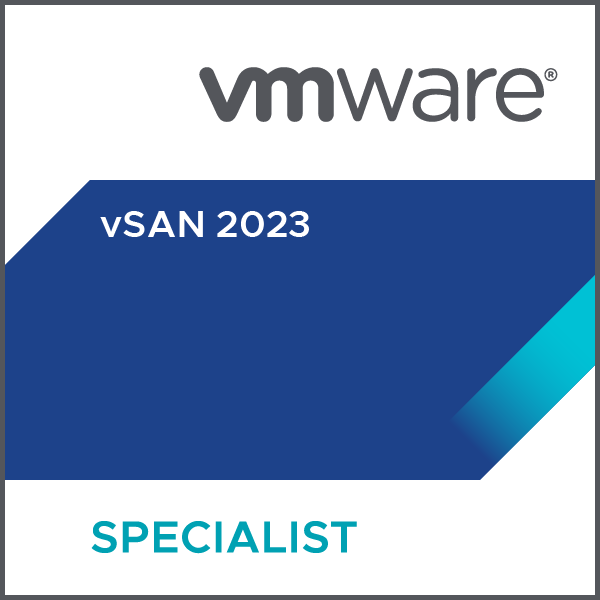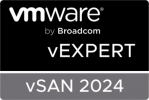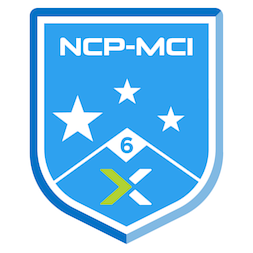vSAN and its role in virtualized environments
This is part of the VMware vSAN guide post series. By using the following link, you can access and explore more objectives from the VMware vSAN study guide.
Introduction
In today’s rapidly evolving digital landscape, organizations are constantly seeking ways to improve efficiency, scalability, and flexibility in their IT infrastructure. One innovative solution that has gained significant attention is the Software-Defined Data Center (SDDC). This transformative approach to data center architecture has revolutionized the way businesses manage and deploy their infrastructure resources.
The Software-Defined Data Center (SDDC) represents a paradigm shift in data center architecture, enabling the abstraction of hardware resources and their management through software. It encompasses various layers, each delivering distinct functionalities:
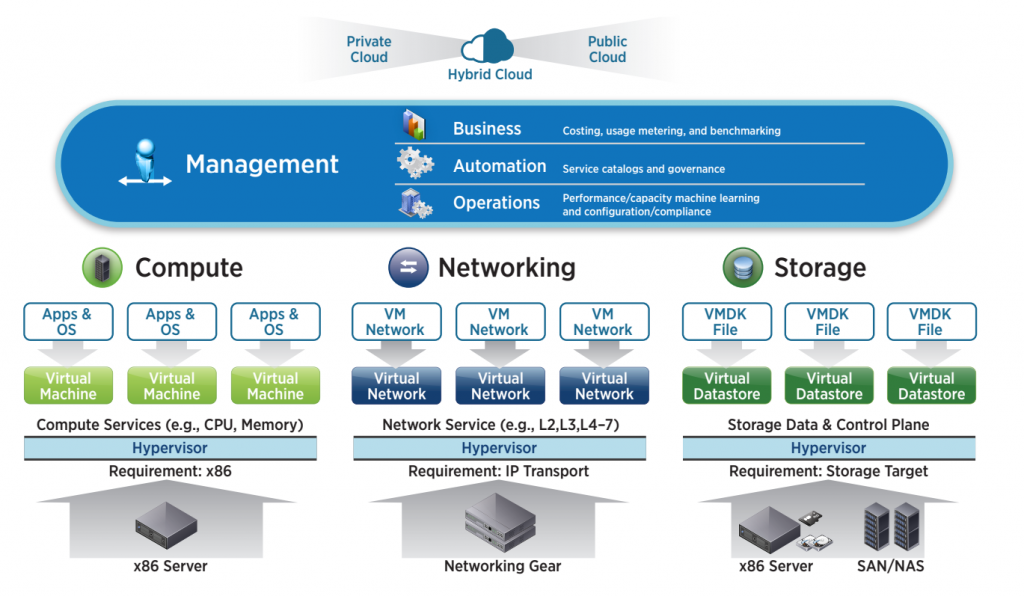
- Compute Virtualization: This layer virtualizes computing resources, abstracting physical servers into virtual machines (VMs) using hypervisors such as VMware ESXi. Compute virtualization enables efficient resource allocation, consolidation, and dynamic workload management.
- Software-Defined Networking: This layer decouples network services from the underlying hardware, enabling the creation of logical networks with isolated segments. Technologies like VMware NSX provide network virtualization capabilities, allowing for increased agility, security, and scalability.
- Software-Defined Storage: This layer abstracts physical storage devices, enabling centralized management, and dynamic allocation of storage resources. VMware vSAN operates at this layer, providing software-defined storage capabilities. It abstracts storage resources and aggregates them into a virtual pool, which can be dynamically allocated to meet changing workload requirements.
- Management and Automation Layer: The SDDC is not solely focused on the virtualization of components; rather, its purpose is to provide a unified control plane for overseeing the entire infrastructure, managing it, and automating its processes. This layer enables administrators to define policies, automate resource provisioning, and monitor performance, thereby ensuring optimal utilization and responsiveness.
In this blog post, I will go deep into the world of Software Defined Storage (SDS) product of VMware which is called vSAN, exploring its key concepts, benefits, and implications for the future. VMware vSAN is the industry-leading Software-Defined Storage (SDS) solution offered by VMware. It seamlessly integrates with VMware vSphere, the popular virtualization platform, to deliver software-defined storage capabilities. vSAN transforms the internal storage of ESXi hosts into a shared, high-performance storage pool. By pooling local storage devices, such as NVMe-based flash devices, solid-state drives (SSDs), and hard disk drives (HDDs), vSAN enables the creation of a virtualized storage infrastructure. In the image below, you can observe two distinct types of vSAN architecture.


I will explain the difference between the two architectures later, If you are interested in knowing more about it, I sugeest you read my recently post (this link) to get more information.
Key Features of VMware vSAN:
As the demand for scalable, efficient, and cost-effective storage solutions continues to grow, VMware vSAN emerges as a game-changer in the world of virtualized storage. Here, I will highlight some of the remarkable features of VMware vSAN and reveal how it revolutionizes storage for the modern data center.
- vSAN employs a distributed architecture, where each host contributes its storage resources to the cluster. This distributed model ensures high availability, fault tolerance, and data protection.
- vSAN offers policy-based management, allowing administrators to define storage requirements at the VM level. Policies encompass parameters such as performance, availability, and data protection, ensuring that VMs are allocated the appropriate storage resources.
- vSAN leverages advanced caching and data locality techniques to deliver high-performance storage. It optimizes data placement and utilizes NVMe-based flash devices in new architecture (SSDs for caching in old architecture), resulting in improved latency and throughput. Additionally, vSAN incorporates deduplication, compression, and erasure coding to maximize storage efficiency.
- vSAN seamlessly integrates with VMware’s vSphere suite, enabling organizations to leverage existing virtualization infrastructure investments. It can be managed through the same vCenter Server interface, simplifying administration and reducing operational overhead.
Why VMware vSAN
But if you’re already utilizing a storage device, you might question the benefits of implementing vSAN for your company. To be honest, there are numerous reasons to consider adopting VMware vSAN, but I’ll outline the most crucial ones from my perspective. These factors highlight why it’s advantageous to move forward with vSAN:
- Simplified Management: VMware vSAN simplifies storage management by consolidating storage and computing into a single, integrated platform. It eliminates the need for separate storage arrays and associated management tools, reducing complexity and streamlining operations. Imagine a corporation that has a largely virtualized environment with multiple storage arrays from different vendors. Managing and troubleshooting these arrays has become complex and time-consuming for the IT team. By implementing VMware vSAN, they no longer need to deal with multiple arrays and disparate management tools. The IT team can now focus on higher-value tasks and spend less time on storage administration.
- Cost Savings: With VMware vSAN, organizations can leverage cost-effective, commodity hardware for their storage needs. This eliminates the need for expensive storage arrays, resulting in significant cost savings. Imagine a company that is experiencing growth and needs to expand its storage infrastructure to support new business initiatives. Instead of investing in costly storage arrays, they opt for implementing VMware vSAN. By utilizing affordable commodity hardware, such as servers with local disks, they can achieve substantial cost savings without compromising performance!
- Scalability and Flexibility: VMware vSAN offers seamless scalability, allowing organizations to scale storage resources as needed. This flexibility enables easy adaptation to changing business requirements and eliminates the need for upfront overprovisioning. May your corporation experience fluctuating storage demands due to seasonal workloads. During peak periods, you may require additional storage capacity to handle increased data volumes. With VMware vSAN, you can seamlessly scale your storage resources by adding more hosts and disks to the vSAN cluster. This enables the dynamic allocation of storage capacity to accommodate your changing needs without disrupting ongoing operations. Such flexibility allows DEF Corporation to scale its storage infrastructure as required, avoiding overprovisioning and unnecessary costs during quieter periods.
- Performance and Reliability: VMware vSAN’s distributed architecture ensures high availability and fault tolerance. By distributing data across multiple hosts and storage devices, vSAN provides data protection and minimizes the impact of hardware failures. Imagine that your company operates a mission-critical application that demands high performance and data availability. By implementing VMware vSAN, applications can ensure high performance by utilizing NVMe-based flash devices or SSDs. In the event of hardware failure, vSAN’s distributed architecture offers data redundancy and automatic failover, thereby minimizing downtime and ensuring business continuity. You and your company can confidently rely on vSAN to deliver the performance and reliability necessary for critical applications.
- Integration with VMware Ecosystem: As a VMware product, vSAN seamlessly integrates with the broader VMware ecosystem, including vSphere, vCenter Server, and other management tools. This integration ensures a cohesive and unified environment, enhancing administrative efficiency. By adopting VMware vSAN, you can seamlessly integrate storage into your existing VMware ecosystem. You can leverage the familiar vCenter Server interface to manage your computing, networking, and storage resources from a single management console. This integration eliminates the need for additional training and administrative overhead, streamlining your operations and enhancing overall efficiency.
In this post, I aimed to provide a brief overview of SDDC (Software-Defined Data Center) and SDC (Software-Defined Compute) and introduced VMware vSAN. Then, I highlighted the key features and reasons to consider vSAN as your next storage solution.
In the next post, I will go through the fundamentals of vSAN architecture and its components. Stay tuned and I’ll see you in the next post!


